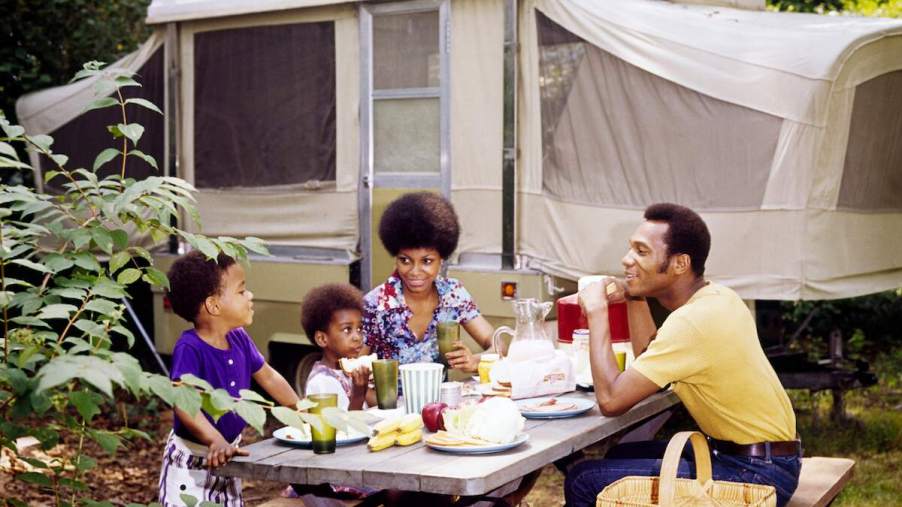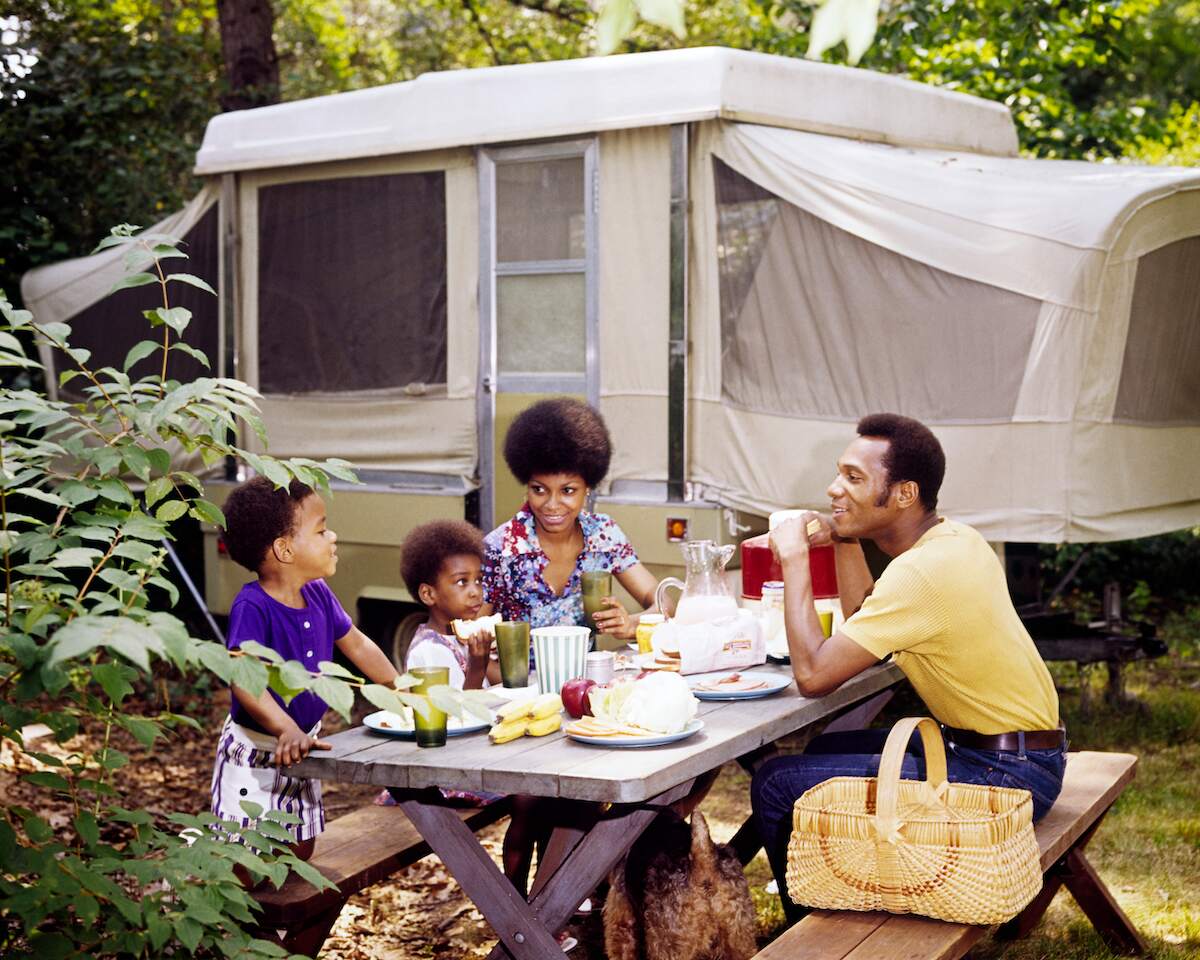
Pop-Up Campers Have 1 Huge Advantage but a Lot of Drawbacks
From cross-country road trips to weekends in the woods, there’s an RV to meet everyone’s needs. But pop-up campers offer one significant advantage over other types of recreational vehicles. However, that benefit comes with several disadvantages.
The biggest advantage pop-up campers have over other RV types

One huge selling point of pop-up campers is their affordability. Compared with other RV types, pop-up campers are the cheapest option. The average price for a new one averages $17,000, but shoppers can find models for as little as $10,000. And used ones can be found for under $5,000.
Other towable RVs are more expensive. For example, teardrop trailers cost around $24,000, travel trailers average $35,000, and fifth wheels go for about $70,000, according to Camper Report.
Upgrading to a motorhome drastically increases the price. A new Class A motorhome runs around $376,000, Class B rigs go for about $134,000, and Class C motorhomes average $148,000.
But pop-up campers’ low price point comes with compromises
Pop-up campers’ affordability brings drawbacks, mainly because they aren’t fully featured. One of the most significant disadvantages is the lack of air conditioning from the factory. Owners must install an A/C unit if they want that amenity. Three types of A/C units for pop-up trailers are window, rooftop, and portable.
And unlike other towables, pop-up campers require manual setup. Owners must unfold, slide, and crank the unit to expand it.
Furthermore, pop-up campers lack structural support, making them unsuitable for severe weather. The structure can become unstable during heavy storms, exposing campers to danger.
In addition, lower-priced models have fewer comfort and convenience features. J.D. Power reports that some users complain about uncomfortable sleeping quarters.
Also, pop-up campers require unique maintenance. Owners must take precautions to check for tears in the canvas and ensure it’s dry before collapsing to prevent mildew.
Other complaints mention that pop-up campers aren’t as customizable as other towable RVs like fifth wheels.
Many users praise these towable RVs despite their disadvantages
Limitations aside, pop-up campers are the most popular RVs, thanks to their affordability. They also have many other benefits.
For instance, these rigs are lightweight and portable. The canvas sides make them lighter and, thus, easier to tow using small vehicles. According to J.D. Power, nearly all SUVs can tow a pop-up camper.
Another significant benefit is their foldability. Users can even fit them inside a garage.
Furthermore, they provide the feeling of sleeping outdoors. Unlike a hard-sided trailer, a pop-up camper lets occupants hear waves crashing on the shore, birds chirping, and streams gurgling. Some users say the experience is like a white noise machine.


